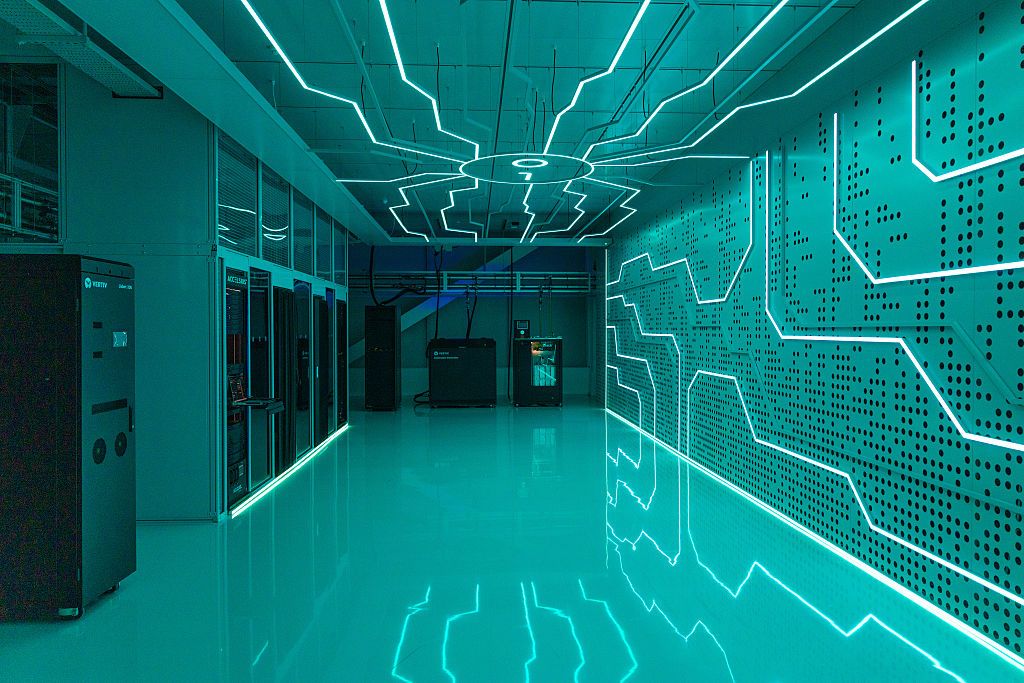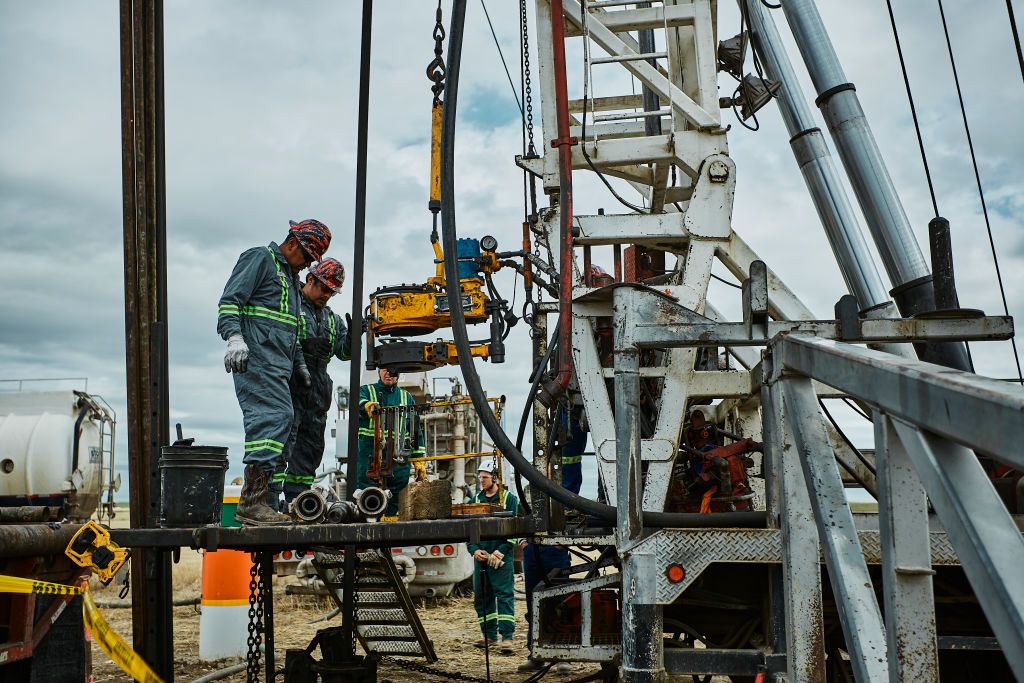India Is Using AI and Satellites to Map Urban Heat Vulnerability Down to the Building Level
India Is Using AI and Satellites to Map Urban Heat Vulnerability Down to the Building Level
In recent years, India has been increasingly vulnerable to the effects of urban heat, with many cities experiencing extreme temperatures during the summer months. To address this issue, the Indian government has turned to cutting-edge technology such as artificial intelligence (AI) and satellites to map urban heat vulnerability down to the building level.
By using AI algorithms and data from satellites, researchers are able to identify which areas of cities are most at risk of heat stress, allowing urban planners to develop targeted strategies to mitigate the impact of high temperatures. This technological approach provides a much more detailed and accurate understanding of urban heat vulnerability than traditional methods.
One of the key benefits of this new approach is that it allows for a more granular analysis of the factors contributing to urban heat vulnerability, such as building materials, green spaces, and population density. This level of detail enables policymakers to make informed decisions about where to invest resources to improve the resilience of cities to extreme heat events.
Additionally, by mapping urban heat vulnerability down to the building level, researchers can identify specific structures that may be at higher risk of overheating, allowing for targeted interventions such as the installation of cool roofs or green infrastructure. This proactive approach can help to reduce the impact of urban heat on vulnerable populations.
Overall, India’s use of AI and satellites to map urban heat vulnerability represents a significant step forward in understanding and addressing the challenges posed by rising temperatures in urban areas. By harnessing the power of technology, policymakers in India are better equipped to create resilient and sustainable cities that can withstand the impacts of climate change.
This innovative approach serves as a model for other countries grappling with the effects of urban heat, demonstrating the potential of technology to inform evidence-based decision-making and improve the quality of life for urban residents. As the threat of extreme heat continues to grow, it is essential that governments around the world follow India’s lead in leveraging advanced technologies to build more resilient and sustainable cities for the future.


